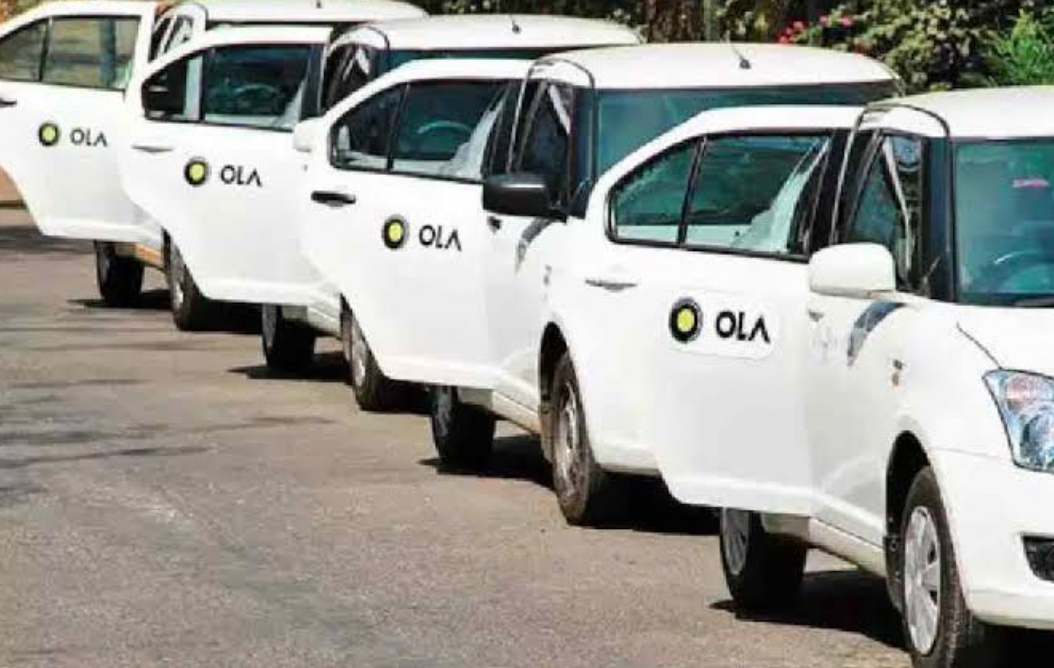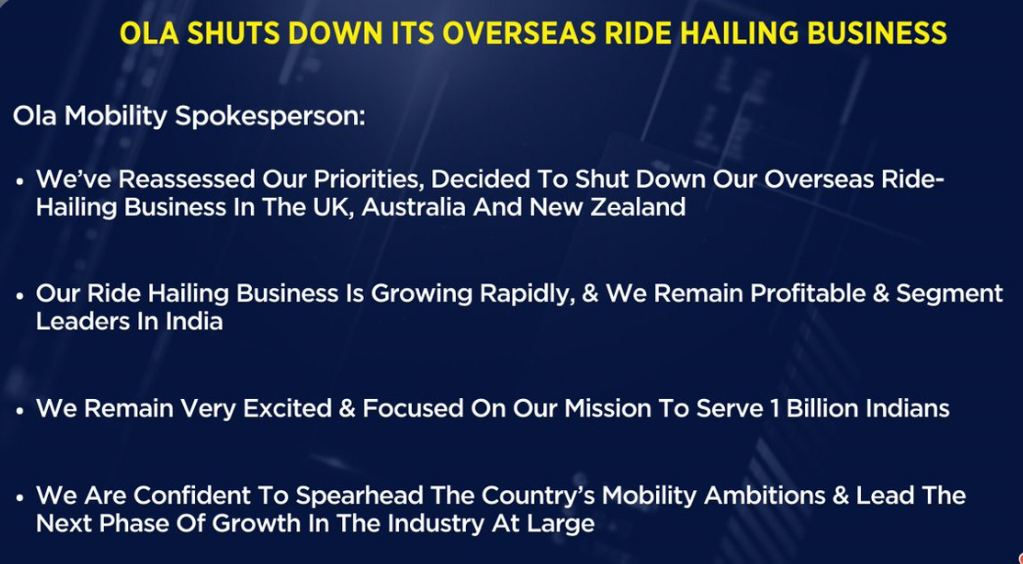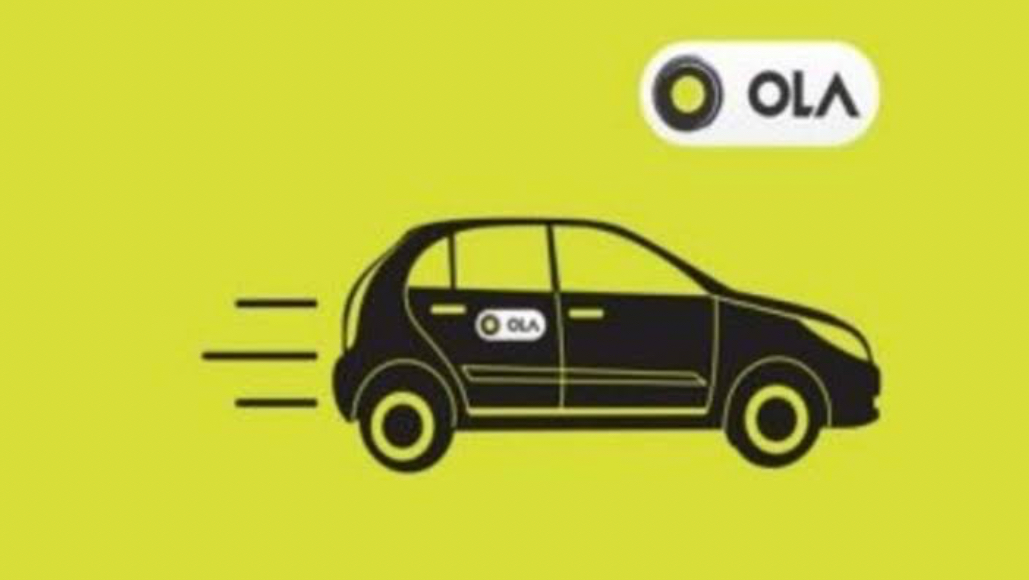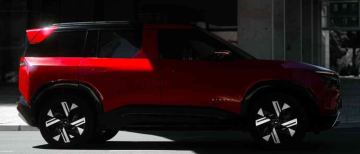By pulling out of the UK, Australia, and New Zealand markets, Ola, the dominant ride-hailing company in India, has undertaken a major strategic change. Refocusing its efforts on the growing Indian market, this decision comes six years after the company's ambitious international expansion. Examining Ola's position in India, its previous international ventures, the decision's effect on the business and the Indian mobility scene, and possible future paths, this in-depth analysis will cover all the facets of this calculated retreat.

Ola's Role in India:
India's transportation market was controlled by unorganised taxi companies before Ola came along in 2011. With its easy-to-use and clear ride-hailing choices, Ola's app-based platform changed the market.For commuters used to unreliable and frequently expensive cabs, this invention revolutionised urban mobility in India and offered a much-needed substitute.

Over the years, Ola has had an impact on more than just transportation services. With a means of income and a route to financial independence, it enabled a large network of drivers, many of whom were from disadvantaged homes. Ola's emphasis on technology and data-driven operations further aided progress in the Indian transport ecosystem. Ola's success motivated numerous domestic businesses to challenge established sectors and contribute to the rise of India's startup culture.
Global Expansion: Ambition and Difficulties

Ola started its worldwide journey in 2018 after experiencing a period of tremendous local expansion. With the goal of expanding its worldwide success story from India, the company started operations in the UK, Australia, and New Zealand. Still, it proved difficult to duplicate home wins in overseas markets. Well-established firms like Uber dominated these markets, making it challenging for Ola to establish a sizable presence. Challenges for the Indian ride-hailing behemoth included adjusting to regional laws, customer inclinations, and the current infrastructure.
The Retreat and Refocus:
Ola's decision to withdraw from international markets reflects a strategic shift towards strengthening its position within India. Given the impending IPO of Ola Electric, a subsidiary that makes electric two-wheelers, the business is placing a high priority on profitability and market leadership in its home market. India's rapidly expanding transport sector offers enormous growth potential, as this report demonstrates.
India's Impact: Potential and Difficulties
Ola's withdrawal from foreign markets has benefits and drawbacks for India's mobility scene.
Opportunities:
- Increased focus on domestic innovation: The focus on local innovation is growing because it can extend its service offerings and invest more extensively in technological developments because its resources are primarily located in India. India's transport industry might undergo much more revolution if this emphasis on homegrown creativity continues.
- Market consolidation: Ola's withdrawal presents opportunities for smaller Indian firms to fill vacancies in specific markets or categories. This healthy competition may result in a more varied and adaptable ride-hailing ecosystem in India.
Obstacles
- Reduced competition: Ola's exit from the Indian ride-hailing market decreases competition, which may lead to complacency and a slower pace of innovation. Regulatory bodies may need to be more proactive if they want to ensure that consumers obtain fair pricing and high-quality services.
- Impact on driver-partners: The termination of operations could result in employment losses for certain driver-partners who were previously involved in Ola's international initiatives. A seamless transition and sufficient assistance for these people must be guaranteed by the organisation.
Ola's Future Path: The Path Ahead
Ola's future development will depend on how well it can seize the opportunities that come with its fresh approach. Consider the following important areas:
- Profitability: To succeed in the long run, Ola needs to consistently turn a profit. Among the possible tactics are cutting operational expenses, finding alternative sources of income (such as subscriptions or sales of electric vehicles), and using data insights for focused advertising.
- Technological innovation: cost models can be optimised, productivity can be increased, and user experiences can be tailored. Examples of these technologies include artificial intelligence and machine learning.
- Energy Mobility: Ola Electric's future will be heavily dependent on its performance. Taking a leading position in the Indian electric two-wheeler sector could lay a solid foundation for future growth into electric cars and other markets within the electric mobility ecosystem.
- Rivalries: Ola must be ready for new players as well as possible disruptions from other transport options, even though Uber is still the dominant rival. Steadying market leadership will require an emphasis on flexibility and agility.

To sum up,
In order to strengthen its position in India's rapidly growing mobility market, Ola has strategically pulled out of foreign markets. The company took a measured risk when it entered the electric vehicle (EV) market. They put making money first in order to take advantage of the Indian market's huge growth potential. The only way for Ola to stay ahead of Uber's competitors and the fast-changing transportation scene is to keep coming up with new ideas and making changes.
Image Source: Multiple Agencies
(Inputs from agencies)
© Copyright 2024. All Rights Reserved Powered by Vygr Media.

























